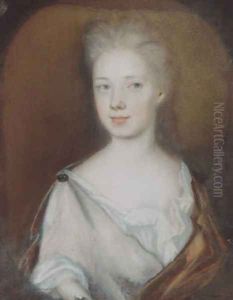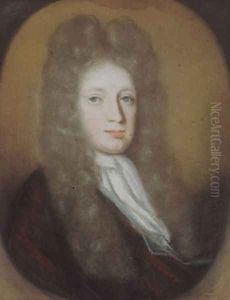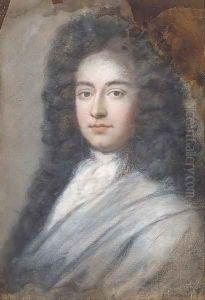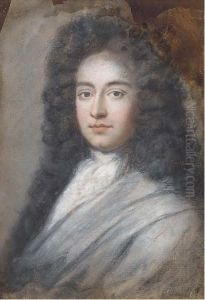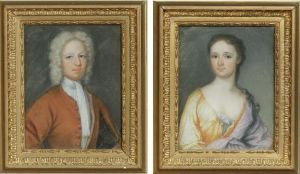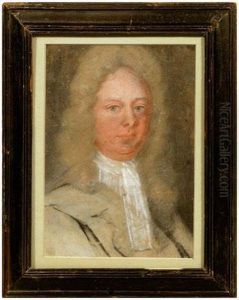Henrietta Johnston Paintings
Henrietta Johnston is recognized as the earliest known female artist working in the colonies that would later become the United States. Born around 1674, likely in France or possibly in Ireland, her early life is shrouded in mystery, and much of what is known about her comes from her life and work in America. She married the Reverend Gideon Johnston in Ireland, who was later appointed to a position in America. The couple moved to Charleston, South Carolina, in 1707, where Gideon served as the rector of St. Philip's Church. After her husband's death in 1716, Henrietta turned to portrait painting as a means of supporting herself and her two children, becoming America's first known female professional artist.
Henrietta Johnston's artwork primarily consists of pastel portraits, a medium that was relatively rare in her time and place. Her subjects were mainly the colonial elite of South Carolina and New York, where she briefly lived. Johnston's portraits are characterized by their soft, delicate features and the gentle rendering of her subjects, which was somewhat atypical of the harsher styles of portraiture common in the early 18th century. Despite the limited palette and the fragile nature of pastels, her works have an enduring quality that has allowed many of them to survive to the present day.
Johnston's contribution to American art history is significant not only because of her status as a pioneer among female artists in America but also for her choice of medium and subject matter. Her portraits provide a unique insight into the early colonial aristocracy, capturing the nuances of personality and social status of her subjects with sensitivity and depth. Despite the challenges she faced as a female artist in a male-dominated society, Johnston's work was highly regarded in her time, and she received commissions from many prominent figures of the Southern colonial elite.
After her death in 1729, Henrietta Johnston's legacy endured largely through her influence on American portraiture and as a trailblazer for women in the arts. Her life and work offer a fascinating glimpse into early American art and society, highlighting the role of women artists in shaping the cultural landscape of the New World. Today, her surviving portraits are considered important historical documents as well as artistic achievements, and they are held in several prestigious collections, including the Gibbes Museum of Art in Charleston and the Metropolitan Museum of Art in New York.
